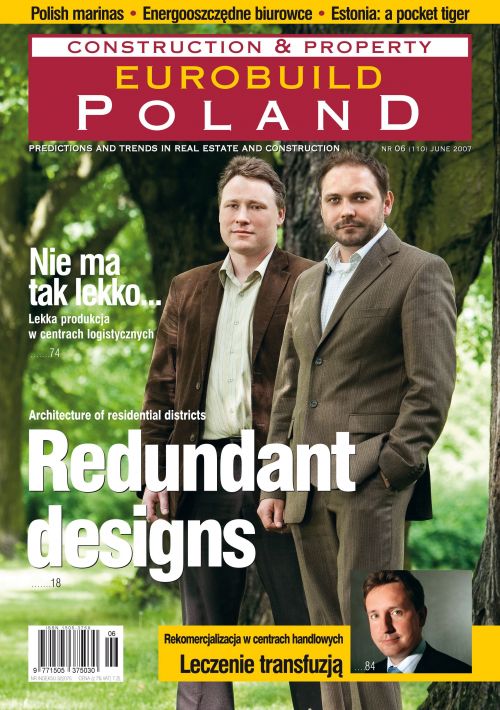Common, standard housing estates are looking more and more like luxury apartment complexes. When all the new flats sell in advance, is it really worth investing in a unique architectural design?According to Ryszard Urbanowicz, architect and member of the Management Board of AukettFitzroyRobinson, commonly known architectural practices are usually employed to design apartment buildings and housing estates to a so-called superior standard, characterized by a high quality of technical and architectural solutions, exclusive internal and external finishes and a high level of supporting services.“This segment, provided that it develops steadily, may confirm the emergence of the Polish middle class, for whom owning a 4- or 5-room flat with two parking spaces in an underground car park in an enclosed, secure housing estate, represents some kind of social advancement,” says Ryszard Urbanowicz.In Mr. Urbanowicz’s opinion, there are still only a few distinctive multi-family resi






























































